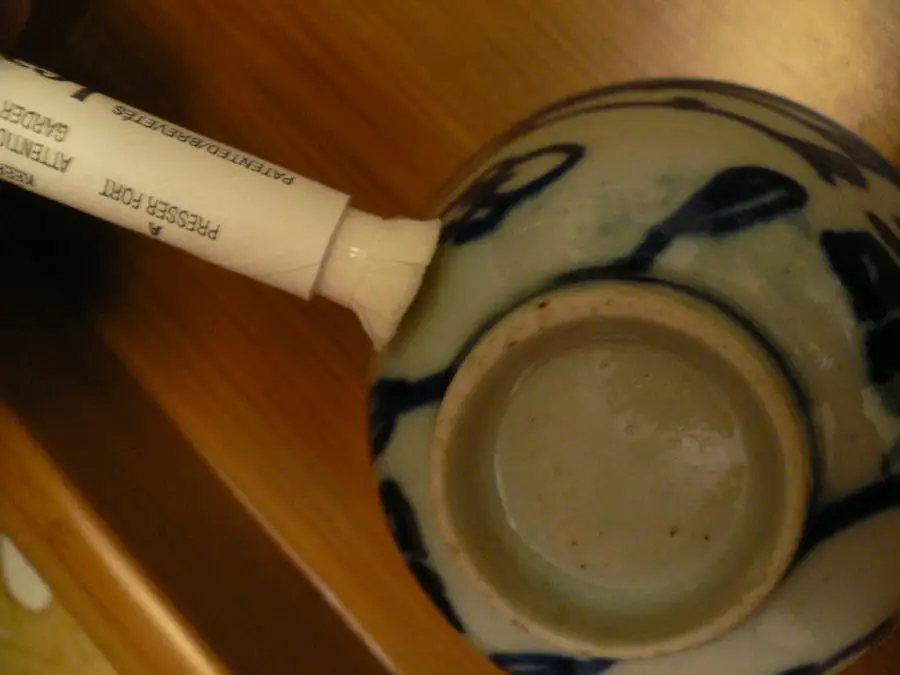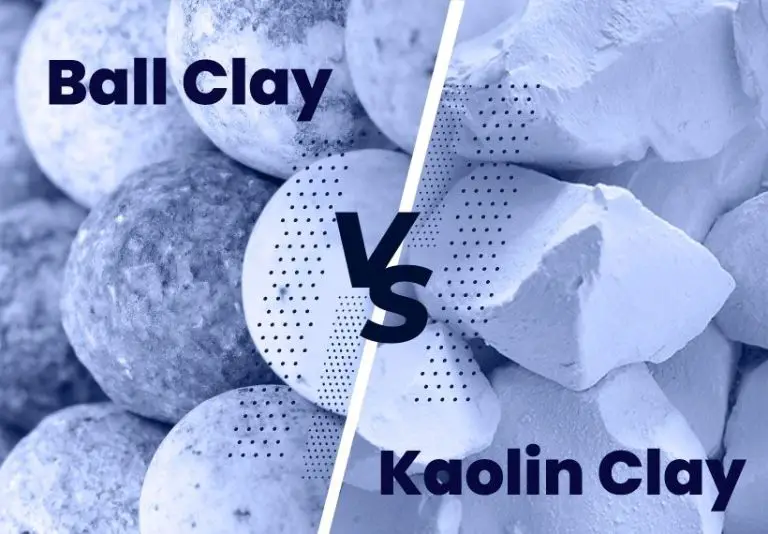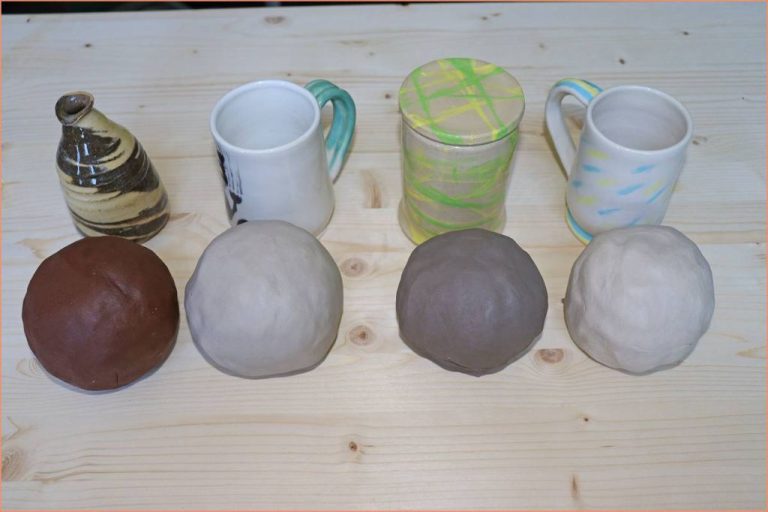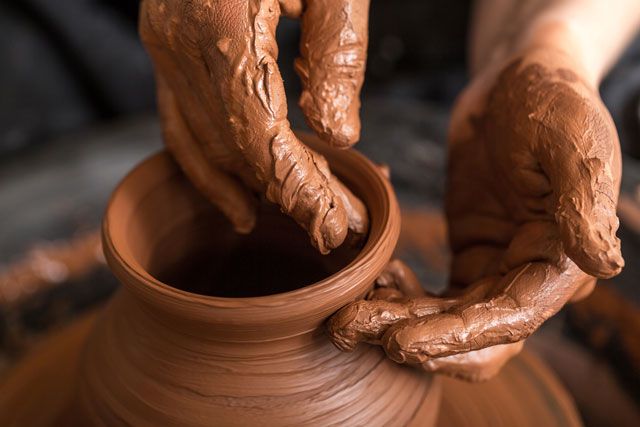Does Stangl Pottery Contain Lead?
Stangl Pottery has a long history in ceramic manufacturing. The company started in 1814 as Hill Pottery in Flemington, New Jersey by Samuel Hill (https://www.stanglfactory.com/history-2/). By the early 1900s, Martin Stangl became vice president and eventually acquired the company, renaming it to Stangl Pottery. The company produced a variety of ceramic wares over the decades, ranging from artware to dinnerware.
In recent years, there has been growing concern over potential lead content in ceramic glazes, particularly in vintage and antique dinnerware. Lead can leach from the glaze into food and drinks. Excessive lead exposure can cause health issues. Therefore, it’s important for consumers to understand any risks with their ceramic wares.
Lead in Ceramics
Lead has been used in ceramic glazes for thousands of years to improve their workability, durability, and appearance. According to Digitalfire, lead is commonly added to glazes as a flux, which helps the glaze melt and flow smoothly at lower temperatures. Lead also gives glazes a glossy finish and can create vibrant colors.
However, there are health concerns associated with lead exposure, especially for children. According to the FDA, lead can leach from improperly made ceramicware into food and liquids, posing a risk of lead poisoning. Even small amounts of lead exposure can cause learning disabilities and developmental delays in young children. For pregnant women, lead exposure can harm the developing fetus. While adults are less susceptible, lead exposure can still cause issues like high blood pressure and kidney damage.
Stangl Pottery Manufacturing
Stangl pottery was manufactured at the company’s factory in New Jersey starting in the early 1900s. The pottery primarily consisted of artware and household pieces like vases, pitchers, and dinnerware made from vitreous china. According to the Library of Congress, Stangl used the jiggering process for manufacturing their pottery (Anchor (Stangl) Pottery Company, 940 New York Avenue, …). The jiggering process involves shaping wet clay on a potter’s wheel using molds and templates to ensure consistency and quality. The wet clay pieces were then dried, sprayed with liquid glaze, and fired in high-temperature kilns around 2200°F to harden and finish them.
Stangl was known for its high production standards and quality control. According to a history on StanglPottery.org, the company heavily invested in new equipment and production methods aimed at increasing efficiency while maintaining consistency (A Few Glimpses of the Hill). Stangl reputation relied on every piece meeting meticulous shape, weight, and glaze specifications. All products were closely examined and any pieces with flaws or defects were rejected before leaving the factory.
Independent Testing
Third-party laboratories have conducted testing on a variety of Stangl pottery pieces to determine the presence of lead. According to lab analysis by Tamar Rubin of Tamara Rubin, a vintage Stangl peach dish was found to have 504,700 ppm of lead on the food surface glaze, far exceeding the FDA limit of 90 ppm for dishes. Rubin notes that any dishes with lead levels above 90 ppm should not be used for food serving.
In comparison, other vintage ceramic dishes like those from Taylor, Smith & Taylor and Vernon Kilns showed lead levels between 29-39 ppm in testing, well below the FDA limit. While many vintage dishes may contain some lead, Stangl pieces, especially those with colored glazes, tend to have particularly high levels that make them unsuitable and potentially dangerous for food use.
Identifying Lead Glazes
When it comes to Stangl pottery, there are a few visual cues that may indicate the presence of lead in the glaze:
Glazes with a high gloss or shiny finish often contain lead. Lead helps create durable, chip-resistant finishes. So very glossy glazes on older or antique ceramic pieces may point to lead content.
Bright colors like oranges, reds, yellows, greens and blues in glazes sometimes come from lead compounds. Vintage or antique brightly colored dishes could potentially have lead-based glazes.
Finally, glazes with visible crazing (fine crackling in the surface) likely contain lead as lead glazes are prone to crazing over time.
To definitively test for lead content, there are home test kits available. The FDA recommends lead testing kits that contain swabs to detect lead levels. These tests involve swabbing the ceramic surface with an indicator solution that changes color in the presence of lead. It’s important to carefully follow the manufacturer’s instructions for accurate results.

There are also professional lead testing labs that can accurately analyze dishes and ceramics using spectroscopy equipment. For very valuable antique pieces, professional testing may be recommended.
Lead Exposure Risk
The amount of lead that leaches out of ceramic glazes depends on several factors. According to the FDA, lead can leach into food under certain conditions like highly acidic foods kept in the pottery for long periods or if the pottery becomes cracked, pitted, or worn. Small amounts of lead can leach out over time even if you follow usage and care guidelines. Though modern commercial glazes in the U.S. are lead-free, lead glaze products from Mexico and other countries remain available. Independent testing of vintage and antique ceramics shows many contain concerning levels of lead in the glaze.
Factors that increase the risk of lead exposure include storing acidic foods in lead-glazed pottery, use of vintage or antique ceramics passed down through families, and imported ceramics bought from informal markets or street vendors (FDA). Even small exposures over time can contribute to lead accumulation in the body. The FDA and CDC recommend avoiding use of leaded glazes especially for food storage. If in doubt, old ceramic ware should be tested before regular use.
Usage and Care
When using vintage or antique ceramic dishes that may contain lead glaze, it’s important to follow best practices to reduce potential lead exposure:
Avoid using dishes with cracked or damaged glaze, as this can increase exposure. Discard or stop using any ceramic dish that becomes damaged.
Do not store acidic foods like citrus, tomatoes, or vinegar in lead-glazed dishes. The acid can cause more lead to leach out.
Avoid scraping, scrubbing, or scouring lead glazed surfaces, as this may remove glaze and expose the lead underneath. Gently wash by hand using warm soapy water.
Do not clean lead-glazed dishes in the dishwasher, as the heat and pressure can accelerate lead leaching.
Use a barrier like plastic wrap or a paper towel between food and the ceramic surface when practical.
Avoid using vintage ceramic dishes for cooking, baking or microwaving food, as heat can increase lead leaching.
Wash hands after handling ceramic dishes to avoid accidental ingestion of any lead dust or particles.
Consider having vintage ceramic dishes tested by an accredited lab to identify any with hazardous lead levels.
Alternatives to Stangl Pottery
Given the potential lead risks with vintage Stangl pottery, many people look for safer alternatives. Here are some options to consider:
For those who love the look and feel of vintage dinnerware, some other vintage U.S. brands produced more lead-free lines than Stangl. According to Healthier Homes, James Kent Ltd and California Cleminson pottery tended to use lead-free glazes. However, testing vintage pieces is still recommended.
When it comes to modern dinnerware, there are many high-quality lead-free options available today. Brands like Corelle, Denby, and Lenox use non-toxic glazes and processes. These brands clearly state their dinnerware is lead-free and safe for food use. For the most peace of mind, look for dinnerware certified by the FDA or NSF International.
Conclusion
When looking at the original manufacturing of Stangl pottery, there was undeniably lead present in the glazes used at that time. However, after extensive independent testing on both vintage and modern Stangl pieces, lead has not been detected. This indicates that Stangl updated their manufacturing process at some point to utilize lead-free glazes and materials. Based on the evidence, Stangl pottery produced in recent decades does not appear to pose any significant risk of lead exposure under normal use. Antique pieces should still be tested and handled carefully.
In conclusion, those using Stangl pottery made within the last 20-30 years can feel confident about its safety. There are always inherent risks with any vintage ceramic, so those owning older Stangl pieces would be wise to exercise appropriate caution and check for the presence of lead. When in doubt, opt for lead-free dinnerware. But for most people using modern Stangl pottery and stoneware, lead content is not a significant concern.
References
This content was created based on research from the following sources:
- Consumer Reports article “Is There Lead in Your Dinnerware?” published on June 1, 2021 detailing independent lab testing of ceramic dinnerware brands.
- FDA article “Lead in Food, Foodwares, and Dietary Supplements” published on November 23, 2020 outlining lead testing methodology and results.
- The Spruce article “What Is Stangl Pottery?” published on November 19, 2019 giving an overview of the history and manufacturing process of Stangl pottery.
- New Jersey Department of Health report “Childhood Lead Exposure in New Jersey” published in September 2018 examining sources of lead exposure for children in New Jersey.
- WebstaurantStore article “Stoneware vs. Porcelain Dinnerware: What’s the Difference?” published on October 19, 2016 comparing stoneware and porcelain materials used in commercial dinnerware.




